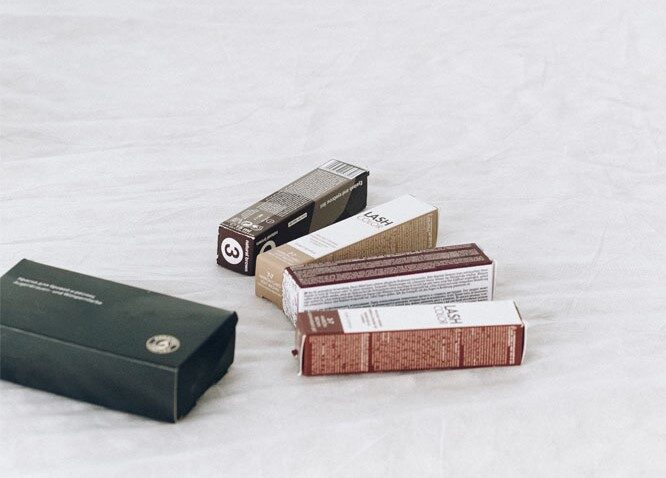There are commonly three levels to packaging: primary packaging, secondary packaging, and tertiary packaging. Selecting the right packaging level depends upon the product involved as each level has a different purpose in transportation, visual marketing, display, and other factors.
Secondary packaging is an additional layer of packaging used to protect and group multiple primary packages together. It is typically used for shipping, transportation, and retail purposes. Some common examples of secondary packaging include cardboard boxes, shrink wrap, corrugated cartons, blister packs, and display cases.
The addition of graphics and imagery can enhance these materials by showcasing the brand or product information in an aesthetic or functional way.
Protection is a principal responsibility of secondary packaging. One can personalize for features such as tamper resistance to prevent customers from opening a product in-store or feature childproofing to keep dangerous products inaccessible. The engineering of the packaging is a balance of protection, aesthetic appeal, and functionality.
Storage is another consideration. It can effectively organize and consolidate multiple units within a storefront or in a facility. Proper storage can be particularly helpful if the product will be shipped later.
How is secondary packaging different from primary and tertiary packaging?
Primary packaging is the materials that come in direct contact with the product. It is the first layer of packaging. Some common examples are bottles, jars, tubes, cartons, clamshell packaging, and pouches. Each of these protects the product from external factors such as moisture, light, and contamination. Often, there is a design or branding element as well.
Tertiary packaging is the outermost layer of packaging. It facilitates handling, storage, and transportation. Like secondary packaging, it’s design is to protect and secure the packaging layer preceding it. Unlike secondary packaging, tertiary packaging is not apart of the aesthetic appeal and is not viewed by the client. Pallets, stretch wrap, strapping, and banding are examples of tertiary packaging.
Calitho is a commercial printer and visual communications company serving clients across the U.S. Let us help with your next printing project by requesting a quote today.

